The California Compromise: Holding the Union Together
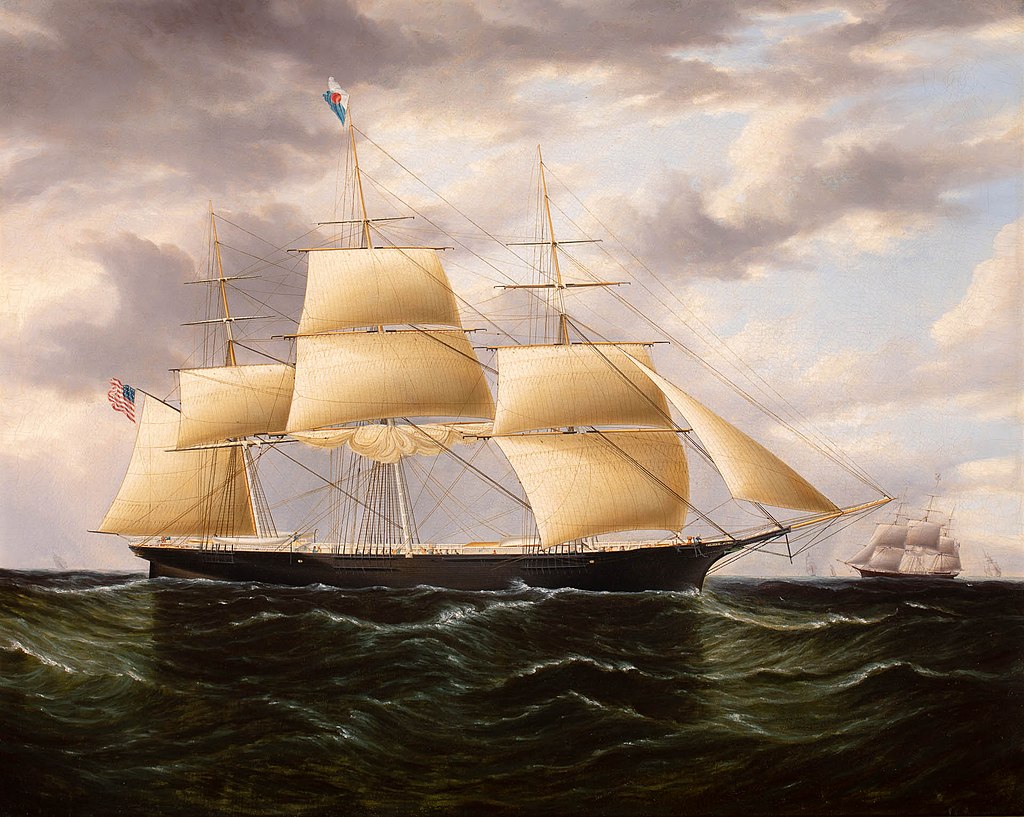
A sequel now in progress, The California Compromise begins in June 1846. A clipper ship called the Blue Witch hauls precious cargo, women and men who may change the fate of California. War with Mexico has been declared, yet news of that declaration has not reached the West Coast. By 1850, the California Compromise holds the fragile union together.
Readers will meet an American diplomat preparing for California statehood, a Californio spying for an independent California Republic, a Russian spiritualist on her way to Japan, a Marxist poet dreaming of a new secular utopia, and young missionaries from the Midwest. Before the record of the state’s history begins, plays for power and control of this land play out.
Among the characters are disembodied spirits who haunt the former slave ship. The ghosts are omniscient, take an interest in human affairs, know the seas, and have a hand in human destiny. Considering the drama is my fictionalized great-great grandmother, Mariah Roche, who actually arrived in California about that time.
“The Spirit sports with time.”
Ralph Waldo Emerson
Unnerving the Passengers
The great vessel holds aloft her sleeping passengers. They sway from hammocks in the nodding hull. Only spirits know the true contents of their dreams, and of disembodied spirits, the Blue Witch entertains several. Having stowed away since the end of the slave trade, the ghost called Ginger d’Akani takes pride in bedeviling the crew and unnerving the passengers.The California Compromise, “The Blue Witch”
Come back to learn about progress on the California Compromise. I began the planned sequel in the summer of 2023. Read about how it starts in the September blog post Finding the California Compromise.

The Compromise: An American Novel
What if your enslavers are also your family, living and loving across the deepest divides?
"Goat whiskers tickled my face. The wood creaked under heavy boots on the front porch. “Who goes there?” I threw off my blankets. This woke my sister and sent our nanny goat skittering. I took two steps in the pitch dark to the front door and drew the hunting knife I always kept there."
The Compromise is a novel of literary fiction set during westward expansion, twenty years before the American Civil War.
Three siblings with different mothers, Black, white, and indigenous, come into adulthood. They leave their homestead in the hills of Missouri to enter their father’s world. They work together as domestics at a female academy run by secret abolitionists. A great library at the academy is a center of transcendentalist culture and abolitionism, which breaks Missouri law.
The sibling’s union is fragile. The younger sister, who expects to inherit her enslaved brother, vows to raise her status through fashion and musical talent. The older brother, sworn to save his people from slavery, pledges himself to the Sons of Liberty, a radical Black abolitionist brotherhood. The older sister navigates her bi-cultural identity as she becomes literate and then she must sacrifice her roots to save her ancestral land.
This story is told from three perspectives as the characters come of age amidst the wonders and tragedies of 19th century America.
The Compromise: An American Novel, now complete, tells the story of growing to adulthood during formative years in US history, 1839 to 1846.
The novel begins when Mariah’s half-brother Otis leads his sisters out of the hills into an idealistic and prosperous young America. But Otis is enslaved and his white and mixed-race half-sisters, Eliza and Mariah, are entering domestic servitude and forced marriages. They work among secret abolitionists at a female academy, one of the first to provide young women with a classical education and the philosophy behind anti-slavery activity.
In the 1840s educational opportunities and women’s rights were increasing, but so were discrimination and abuses to the land and people, especially slavery and Indian Removal, which became theft and genocide. This is the history my characters encounter in their own ways. Coming of age together means grappling with moral conflicts and making difficult choices.
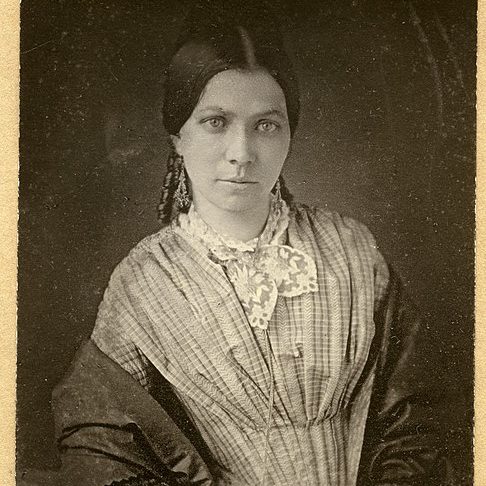
The Compromise won first prize in the Donna Gillespie Novel Excerpt, Soul-Making Keats Literary Competition 2020. Please feel free to use the contact page.
This historical fiction is aided by an intellectual tradition which calls for increasing rights and freedoms. Footnotes in an educator’s edition provide historical background to enable further research. Topics are wide-ranging, including economics, technology, religion, the arts, and laws of the period. Read about my challenges doing this responsibly.
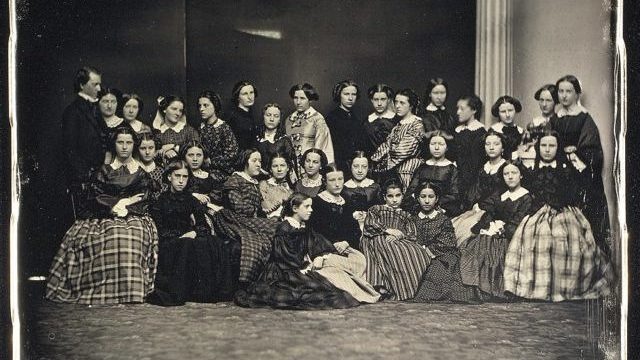
The blogposts explore interpretations of the novel’s themes and influences as I write. Most include audio recordings of scenes from The Compromise. Many cover events in the news. My research into anti-slavery organizations are described in Radical Abolitionist. Literary and philosophical influences on me as a writer are found in Paths to Cold Mountain. How theories of learning and literacy inform the reading of literature are described in Echoes Return. Coming of Age: In the Mirror shows how the half-sisters handle cultural expectations as they take new roles. The post called The Births of Story describes women in labor, their endurance, heartbreak, and joy. The dark night of the soul is the subject of Beginning the End. My goal was to write a teachable novel that would accomplish a great deal. It would satisfy our need for story, strengthen awareness of themes in American lives, and reveal moral dilemmas. This blog has recorded my progress as a white American who researches the past in order to write fiction with integrity.
Coming of Age in Antebellum America

The Compromise is set in a period when systemic problems were formative, in some cases beginning to improve and in other cases leading to polarization and the Civil War. Structuring lives fundamentally, these are the systemic problems with which my characters must contend.
* Freedom of movement and property rights were not guaranteed if you were Black, Native American, or female. * State laws called the Black Code determined rights and punishments based on skin tone, who could get married, go to work, or have children. * If your mother was enslaved, you were born with slave status. * The Indian Removal Act disrupted centuries of cultural integrity for the tribes. * Thousands died on the Trail of Tears and families were divided. * Marriages were arranged contracts. * Women, like many other groups, could not go to college, vote, or inherit, buy, or control property. * It was illegal to teach people with dark skin to read. * Mescegenation, two people of different races having a child together, was illegal, yet common. * Abolitionist speech or writing led to fines and imprisonment. * Assemblies or public speech could be called seditious and punished. * Without a certificate of citizenship, Black people faced forced departures. * Re-enslavement was common for harboring fugitives from slavery. Missouri State Archives: Early Slave Laws Indian Removal Act, 1830 Women's Property Rights in the US
Missouri State Parks, Slavery’s Echoes: Interviews with formerly enslaved people
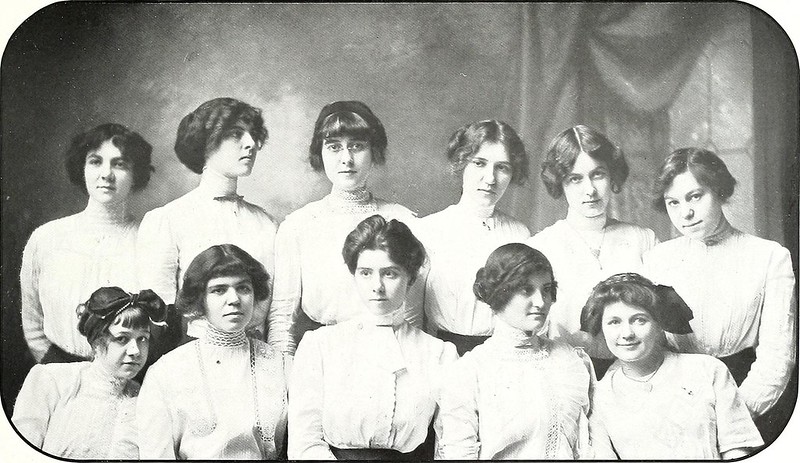
Exploration of my Ancestry
The Compromise began as an exploration of my ancestry, not with historical facts or DNA, but with curiosity about how knowledge could be handed down in a family. What my maternal grandmother and great-grandmother gave to me is stored, literally, as dishes, lace, buttons, sheet music, and books, yet my inheritance is known psychologically through reflection on my obligations, proclivities, and values. My cultural and biological ancestors worked for me as I am working for those who come after me. This continuity is among my strengths, but so is my obligation to learn as my society changes and write with integrity across the situations of my life.
Fiction lets me follow the thread five generations back to Missouri. Like their descendants in California, my foremothers must have discovered meaning in the tasks of daily life and the changing bonds of kinship and friendship. Those common tasks took place in a formative and contentious period of our history. My personal imagination leads me to tell one story, while the demands of research and writing require me to take a wider view than my parents’ generation.
Gradually, the half-siblings are divided from one another, but their devotion does not waiver.
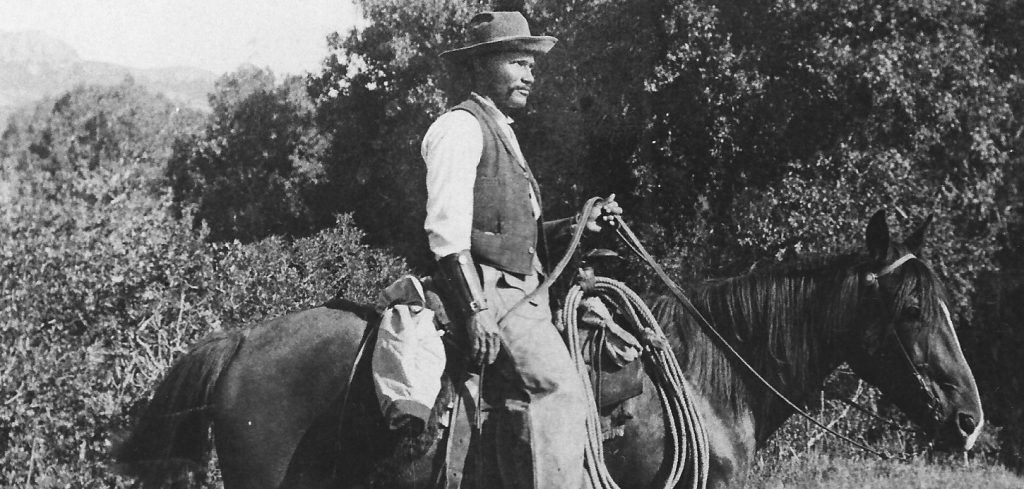
As a result of their precarious circumstances they began to search for a more secure and enduring reality. They turned away from the structures and values of their material world, on which they could not depend, and started to give greater weight to their spiritual visions and passions of the heart, thereby initiating the process of self transformation that would ultimately converge in their identities as Radical Abolitionists.
John Stauffer, The Black Hearts of Men (2002)
All government — indeed, every human benefit and enjoyment, every virtue and every prudent act is founded on compromise and barter. We balance inconveniences; we give and take; we remit some rights that we may enjoy others; and we choose rather to be happy citizens than subtle disputants.
Edmund Burke, 1775
“Our past was slavery. We cannot recur to it with any sense of complacency or composure. The history of it is a record of stripes, a revolution of agony. It is written in characters of blood. Its breath is a sigh, its voice a groan, and we turn from it with a shudder. The duty of to-day is to meet the questions that confront us with intelligence and courage.”
Frederick Douglass “The Nation’s Problem”
I believe that man will not merely endure: he will prevail. He is immortal, not because he alone among creatures has an inexhaustable voice, but because he has a soul, a spirit capable of compassion and sacrifice and endurance. The poet’s, the writers’s duty is to write about these things.
William Falkner (1897-1862)
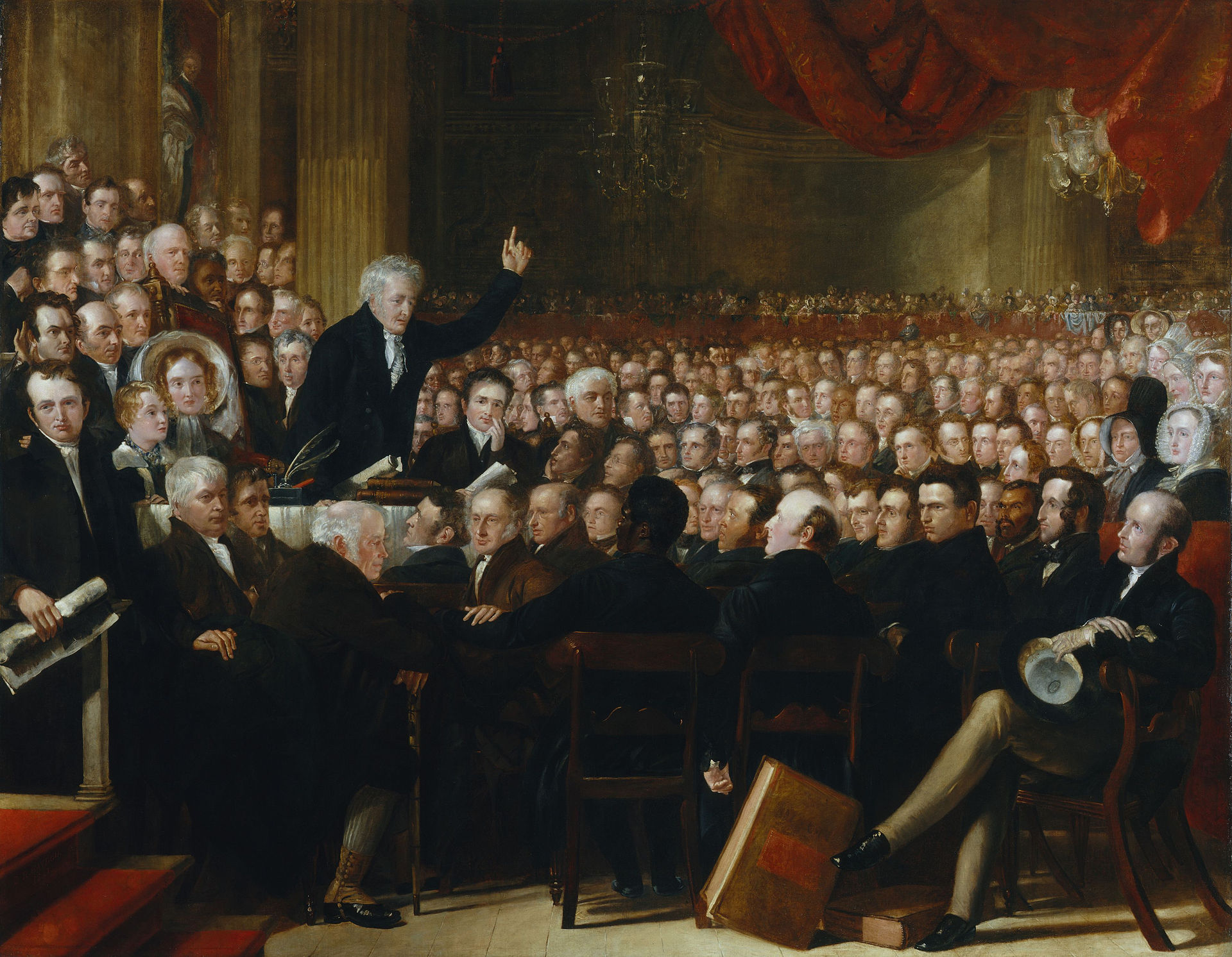
Nice job Kay. 🙂
Excellent, I like the way it all came into being and that you have info in an educational edition.
That’s really nice, Kay!
I am from Missouri and look forward to learning more.
Kay,
You are certainly off to a good start. I find the history of relationships between whites and blacks, and the growing divide between slave holders and abolitionists – eventually leading to civil war – particularly interesting.
I liked it a lot, Kay. Well done. Well said. Well shown.
Powerful writer on a topic that is both historical and prevalent today. Looking forward to reading more.
The narrative pulls me in. It is set in a period that I would like learn more about. The systemic issues of those times and the social transformations that were taking place still have so much bearing on today’s society. The story of how this novel came into being is also riveting-thank you for sharing it.